Descending off Barden Fell in Wharfedale I came across these holes in the gritstone boulders. I thought at first they were at attempt at splitting the stone but at about 2” diameter they’re too big surely. There would be no need to be that wide. And some go all the way through the rock. Anyone have any ideas? The area is named Coney Warren so maybe the baby rabbit burrows.
Barden Fell is part of the Bolton Abbey Estate who, according to their information boards, purport to have encouraged public access since the early 19th century yet there are no Public Rights of Way across it. In 1968 the Barden Moor and Barden Fell Access agreement was created, a precursor of the Countryside Rights of Way Act. Apparently the BMBFA sits outside the CROW legislation until 2018 but the rights for Joe Public seem no different to me. No doubt the BMBFA has some benefit for the Estate. Anyway the Estate have created a Permissive Footpath across Barden Fell following an existing landrover track but as dogs are expressly not permitted I don’t see actually what extra privilege they are giving to the public. So Barden Fell will remain out of bounds for bikes, horses and dogs on a lead or otherwise.




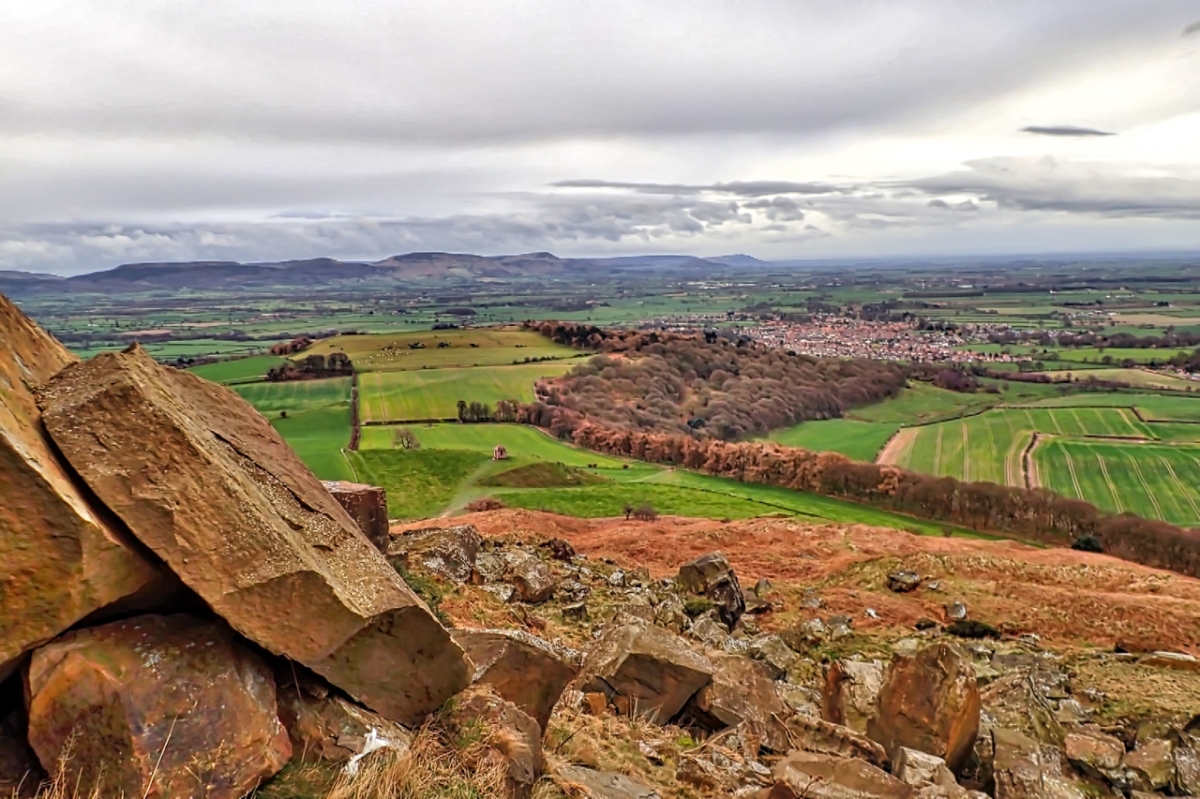




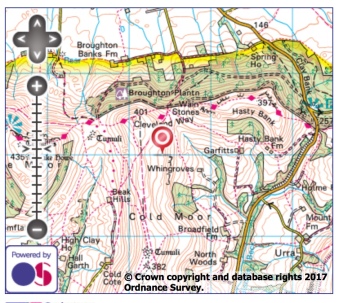

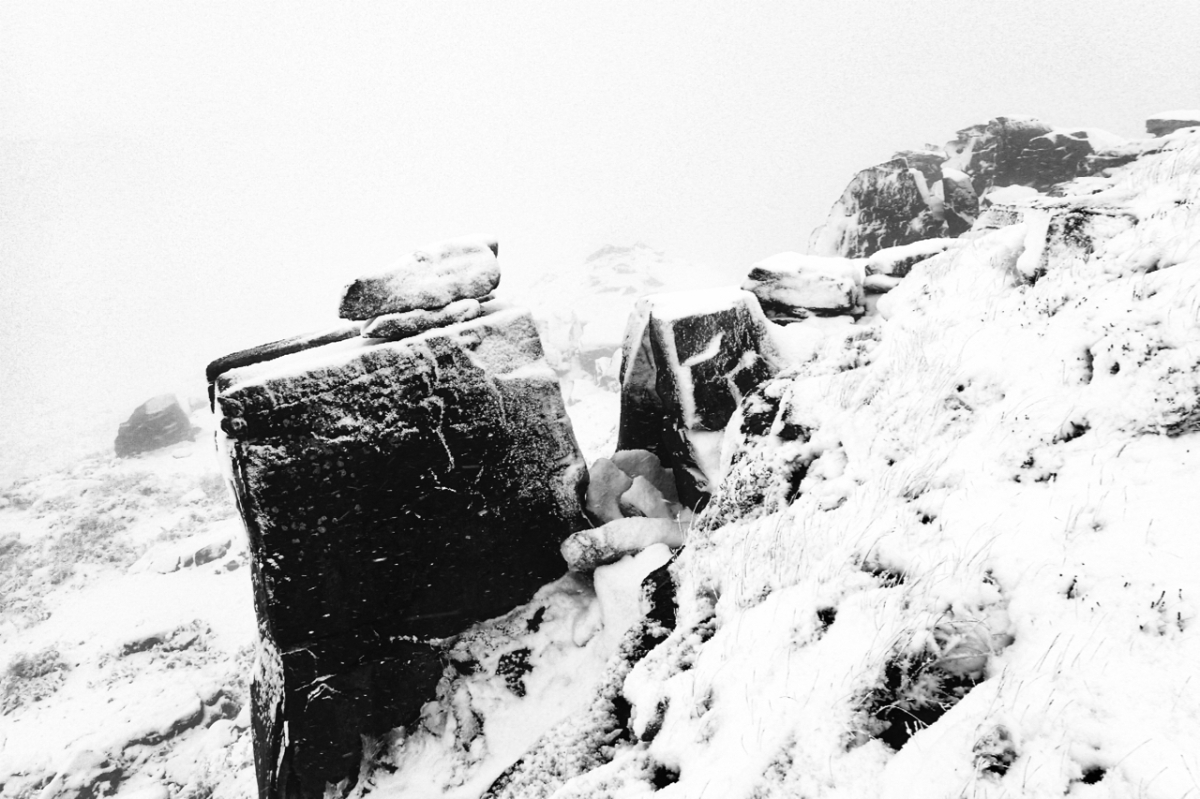
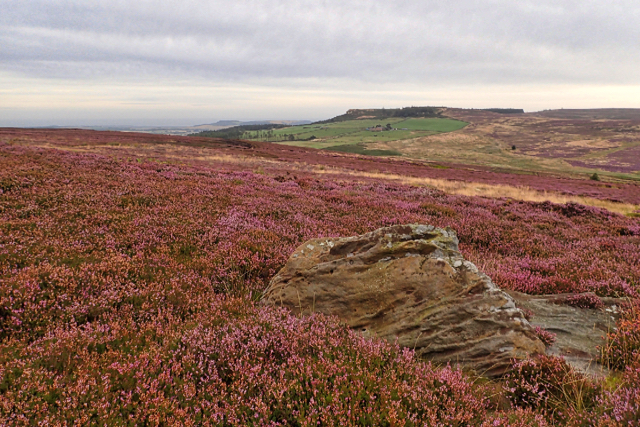
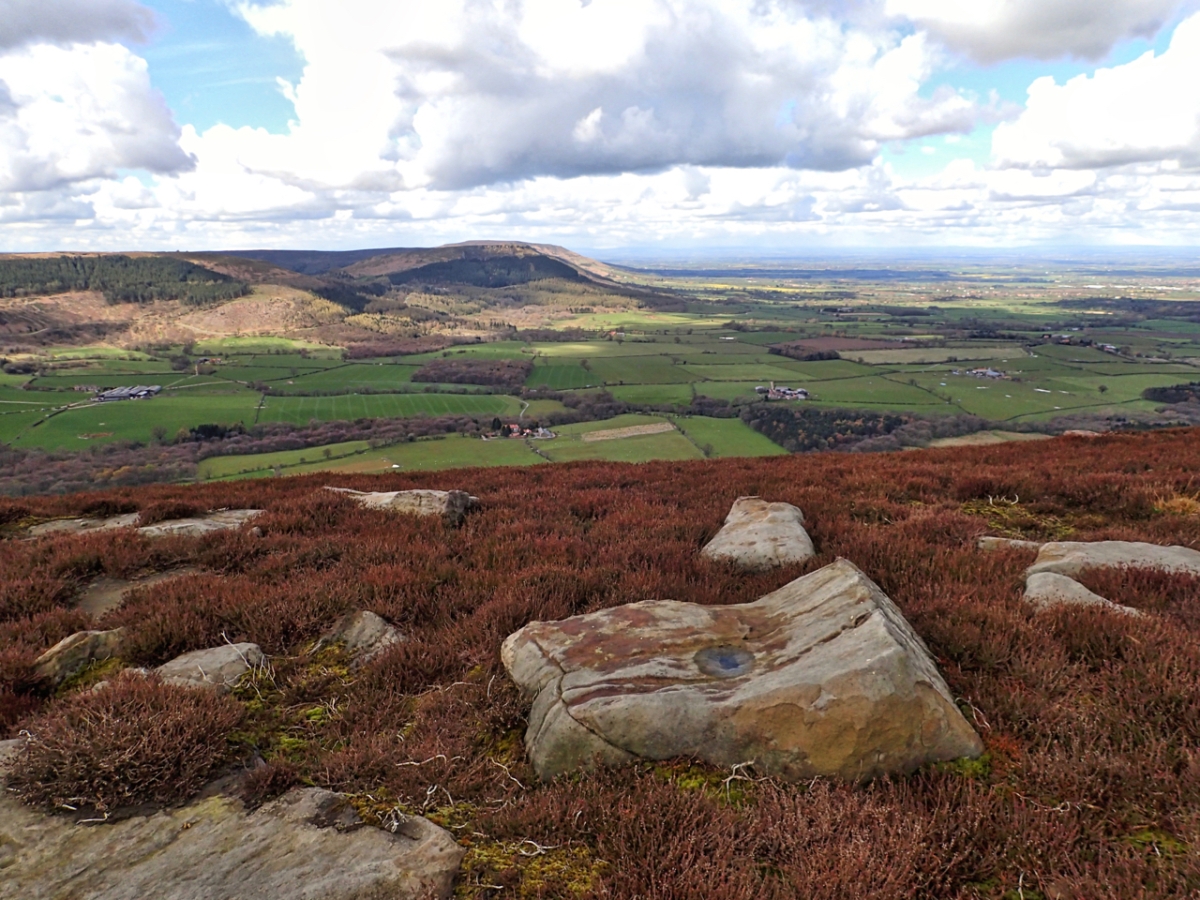
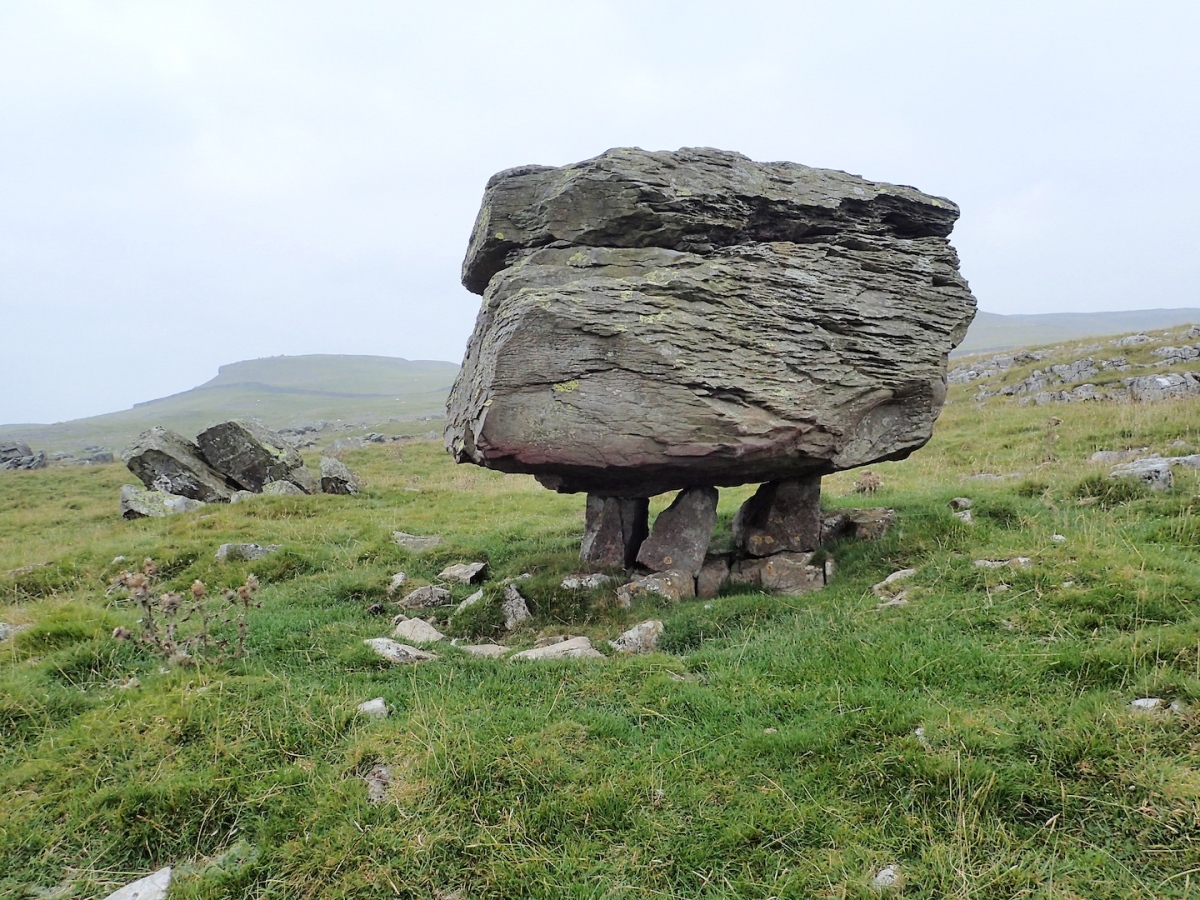
You must be logged in to post a comment.